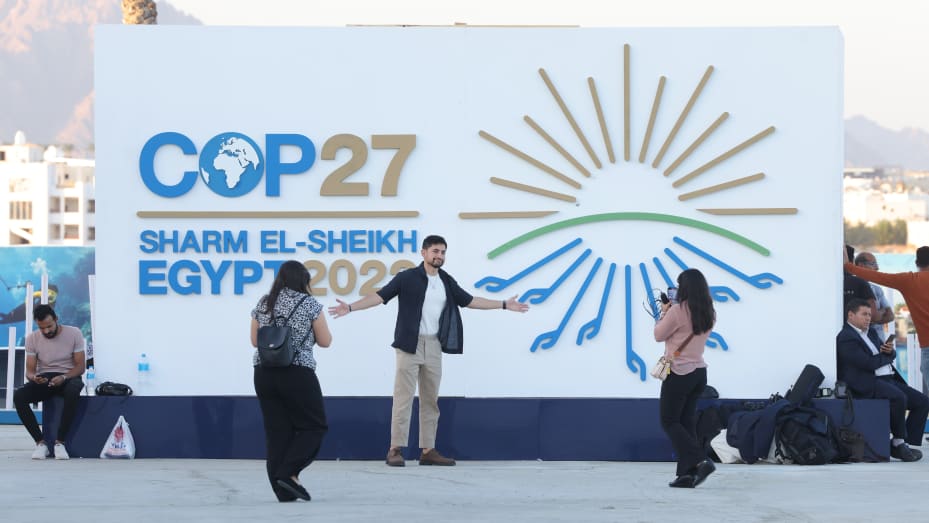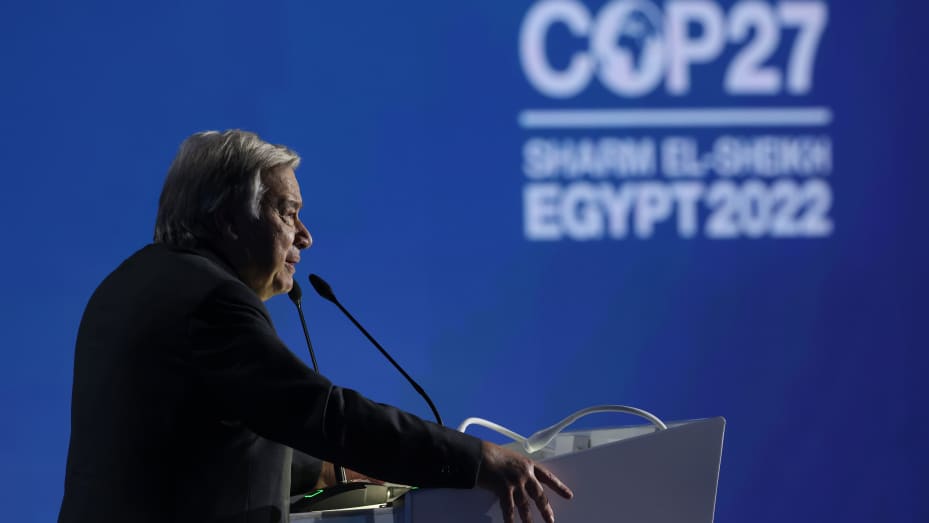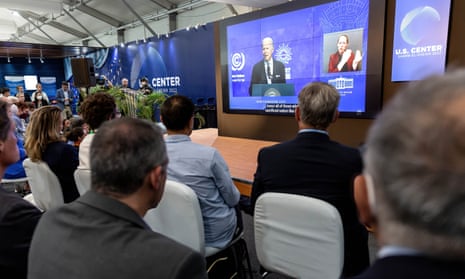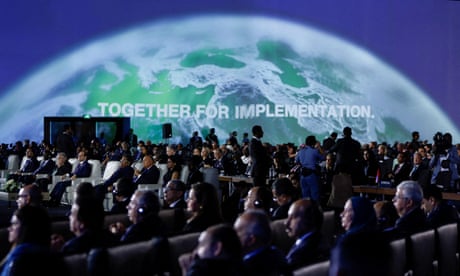Story by Radar Online • Yesterday 1:30 p.m.

Mega© Radar Online
Elon Musk had a meltdown on Twitter after it was revealed his newly acquired social media company is in danger of being investigated by the Federal Trade Commission, RadarOnline.com has learned.
As RadarOnline.com previously reported, upwards of 75% of Musk’s Twitter workforce departed the company this week after the 51-year-old billionaire gave his workers until 5 PM Thursday to decide whether they wanted to stay on or leave the platform he is now in charge of.
To make matters worse, Senator Ed Markey (D-MA) revealed on Thursday that he and six of his Senate colleagues have penned a letter to the FTC requesting the commission open an investigation into Twitter following Musk’s acquisition of the company on October 27.
“We write regarding Twitter’s serious, willful disregard for the safety and security of its users, and encourage the Federal Trade Commission to investigate any breach of Twitter’s consent decree or other violations of our consumer protection laws,” Senator Markey and his colleagues wrote.
The lawmakers also requested the FTC launch an investigation into the “alarming steps that have undermined the integrity and safety of the platform,” as well as Musk’s alleged newly implemented “growth-at-all-costs strategy” that has left Twitter users openly exposed to “fraud, scams, and dangerous impersonation.”
Following Markey’s revelation to Politico on Thursday, and after 75% of Musk’s workforce left the company, the Tesla and SpaceX founder took to his own Twitter account to fume about the potential investigation into his company while the now-bankrupt and defunct crypto-currency company FTX goes unchecked.
Related video: Twitter workers leave en masse following Elon Musk's ultimatum
Duration 2:09 View on Watch

“FTX losing over a billion dollars of clients funds,” Musk captioned a meme of two rhinoceroses mating while a wildlife photographer looks the other way.
“Senators calling for the FTC to investigate Twitter,” Musk added in a caption above the oblivious photographer.
As RadarOnline.com reported, Twitter is now on the verge of collapse as a result of three quarters of its workforce opting to depart the company on Thursday.
“The team that maintains Twitter’s core system libraries that every engineer at the company uses is gone after Thursday,” one employee revealed. “You cannot run Twitter without this team.”
“I know of six critical systems (like ‘serving tweets’ levels of critical) which no longer have any engineers,” said another employee who has since the company. “There is no longer even a skeleton crew manning the system.”
“It will continue to coast until it runs into something, and then it will stop.”
Meanwhile, Musk has also been trolled online and at Twitter’s headquarters in San Francisco after one anonymous individual projected a digital banner on the side of the company’s main building Thursday night.
"Elon Musk: mediocre manchild, pressurized privilege, petty racist, megalomaniac, worthless billionaire, bankruptcy baby, supreme parasite, petulant pimple, apartheid baby,” the digital banner read.
In a confusing set of posts, the billionaire declared it "Freedom Friday," reinstated multiple accounts, and said "negative tweets" would be "max deboosted."
By
Lauren Leffer
Published Yesterday
Elon Musk is now Twitter’s judge, jury, and executioner—with complete leeway to enact his version of “free speech” on the flailing platform.
Things are really going off the rails at Twitter, as Elon Musk pushes forward in a hostile takeover that seems liable to ensure he’s eventually the only one left at the social media platform. In the latest set of deeply confusing declarations from the multi-CEO and “Chief Twit,” Musk reinstated Twitter accounts for the right-wing “parody” outlet the Babylon Bee, Jordan Peterson, and Kathy Griffin.
Musk announced the reinstatements after a cryptic post simply saying “Freedom Fridays.” He also paired the news with a confusing explanation of how content moderation on Twitter will supposedly operate moving forward. “New Twitter policy is freedom of speech, but not freedom of reach,” he wrote. “Negative/hate tweets will be max deboosted & demonetized, so no ads or other revenue to Twitter.”
Related Stories
Democrats' Trust and Favorability in Twitter Plummets Following Musk Take Over
SpaceX Workers Say They Were Illegally Fired for Open Letter Criticizing Elon
Note: the below Tweet misspells Kathy Griffin’s name.
The sudden Twitter ban reversals beg the question: What happened to Musk’s previously announced plan to tackle reinstatements? Less than a month ago, the world’s richest man tweeted that, under his leadership, Twitter would form and rely on a “content moderation council.” “No major content decisions or account reinstatements will happen before that council convenes,” he wrote in an Oct. 28 post.
Among other questions that Gizmodo had related to Friday’s announcement:What is a “negative tweet?”
Who decides that?
Who (or what algorithm) will be monitoring for these “negative tweets” to “deboost” them—and how?
Will there be an official shadowban council?
Gizmodo also isn’t sure, exactly, how single tweets can be “demonetized.” Twitter does not make money directly off of individual tweets, but rather paid posts by advertisers (and, uh, Twitter Blue subscribers). Unless Musk is talking about disallowing offensive ads (which presumably already aren’t allowed), this is seemingly just word salad, devoid of any actual functional policy shift.
Unfortunately, though Gizmodo has reached out with all of the above questions to Twitter’s press account, we do not expect to receive a response. Since Musk’s purchase of the company was finalized, Twitter has not been responding to our press inquiries. Press contacts from other companies run by Musk, like SpaceX and Tesla, are also notoriously difficult for media to reach.














